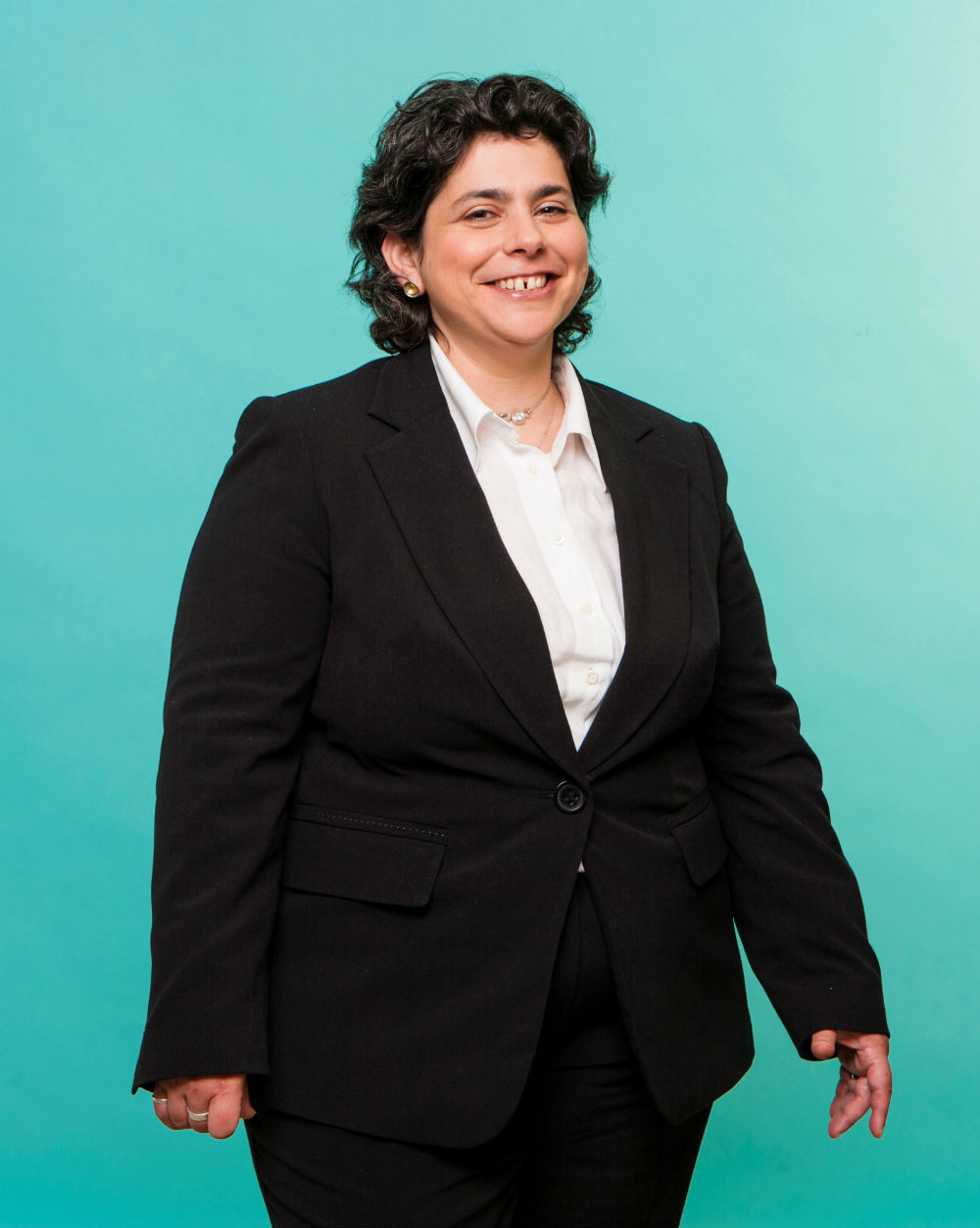
In 1995, the case of Bottoms v Bottoms caused huge ripples in the US and across the world as the Virginia Supreme Court ruled that Sharon Bottoms Mattes was ‘unfit’ to look after her child due to her sexuality. This case was particularly emotional as Sharon was pitted against her own mother, who ultimately won custody of her grandson after a protracted and difficult legal battle.
At the time of the case, Liz Hendrickson, executive director of the National Centre for Lesbian Rights, said, "It's the kind of case that strikes terror in people's hearts. It makes them wonder, 'Could this happen to me?'"
Interest in this case has been reignited as Sharon sadly passed away in January this year, with many questioning how far we’ve come in the past 20 or so years, and, if this case had been heard in the UK, how different the outcome would have been.
Many would like to think the UK’s courts would have had a more progressive outlook, but unfortunately this is not the case. A judge ruled in 1977 that a young child could not be brought up in a same-sex household as they would be at severe risk of becoming homosexual. Another case from 1980 warned that a child could be at risk from society if their parents were homosexual. In fact, many cases brought before the courts at this time came to the same conclusions - any child raised by same-sex parents would be at risk of becoming homosexual or in danger. So, how far has the law come? And what issues still remain today?
In 2006 there was a significant breakthrough for LGBTQ+ rights, as the Supreme Court ruled that there was more than one type of parent in our society. The judge also explained that child custody cases would be decided on the quality of parenting rather than sexual orientation. It is important to also recognise the progress made elsewhere in society at this time - in 2005 the Government introduced Civil Partnerships for same-sex couples, and later brought in the Human Fertilisation and Embryology Act 2008, which allowed for both partners in a same-sex couple to be recognised as legal parents - for lesbians, as a second parent; for men, through surrogacy by way of a parental order. These significant changes helped propel LGBTQ+ rights into the modern era.
However, in recent years, couples from the LGBTQ+ community have encountered new challenges related to child custody. The case of A v B and C in 2012 highlighted just how complex these cases can become. This case centred around the desire from a biological father to have contact with his child, who was residing with the biological mother and her lesbian partner. Often, cases like this are so fact-specific it is hard to generalise and as such, guidance cannot be given for couples in a similar situation, only that a child’s welfare is always paramount in any court’s decision.
Another problem same-sex couples regularly run into is that under UK law, only two people can legally be recognised as parents, and these situations are much more likely to occur in cases involving homosexual couples - the gay partner of a parent would be unable to be legally recognised as a parent if there are already two legal parents. . However, attitudes are changing in this regard, with Canada and California leading the way by introducing laws to allow more than two registered parents.
There have been other steps forward for the community, as the Court of Appeal recently ruled in favour of a transgender woman struggling to see her children after leaving her ultra-orthodox religious community in 2017. And the Supreme Court is set to make a landmark ruling later this year on whether a transgender father who has given birth can be legally registered as a father.
Thankfully we have come a long way from the ‘90s and it is recognised that families today come in all shapes and sizes. However, this is a moving picture – families continue to evolve, and the law still has a long way to go to catch up. However, it is certainly cheering to see cases are helping the law move in the right direction and the child’s best interests are at the heart of these cases.
Words by Sam King QC, barrister at 4PB.
Tagged in LGBT

